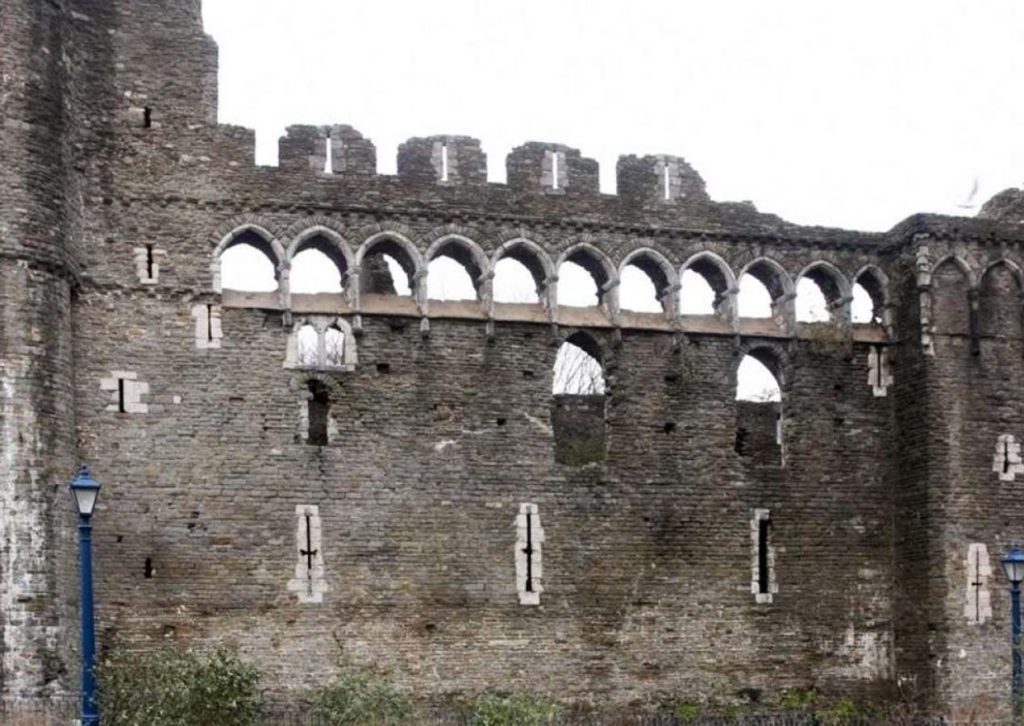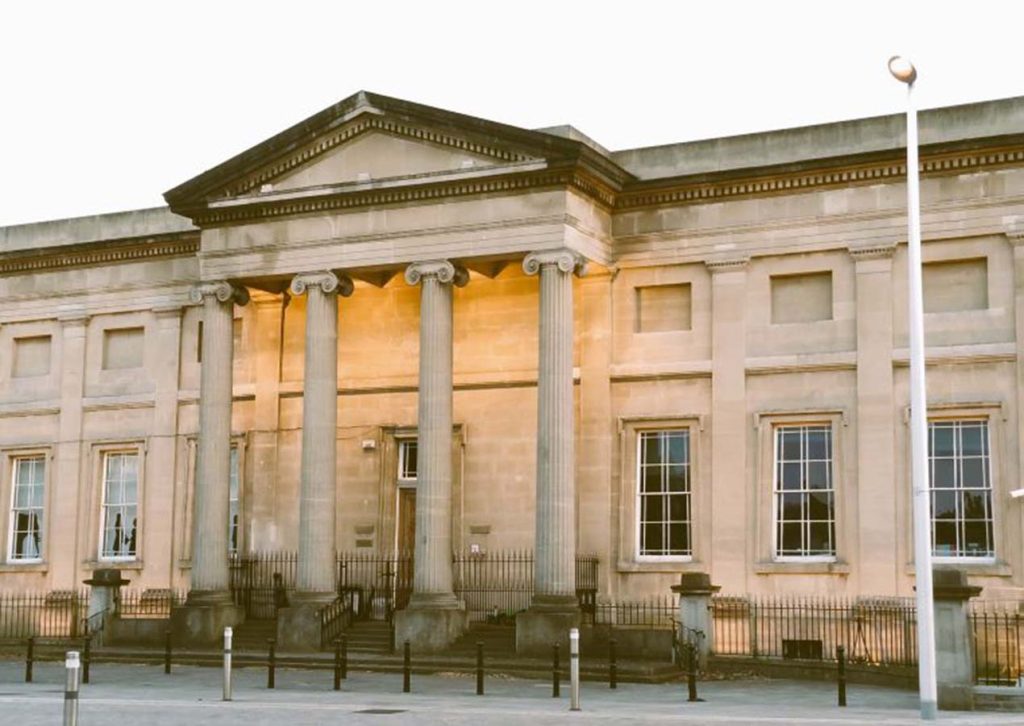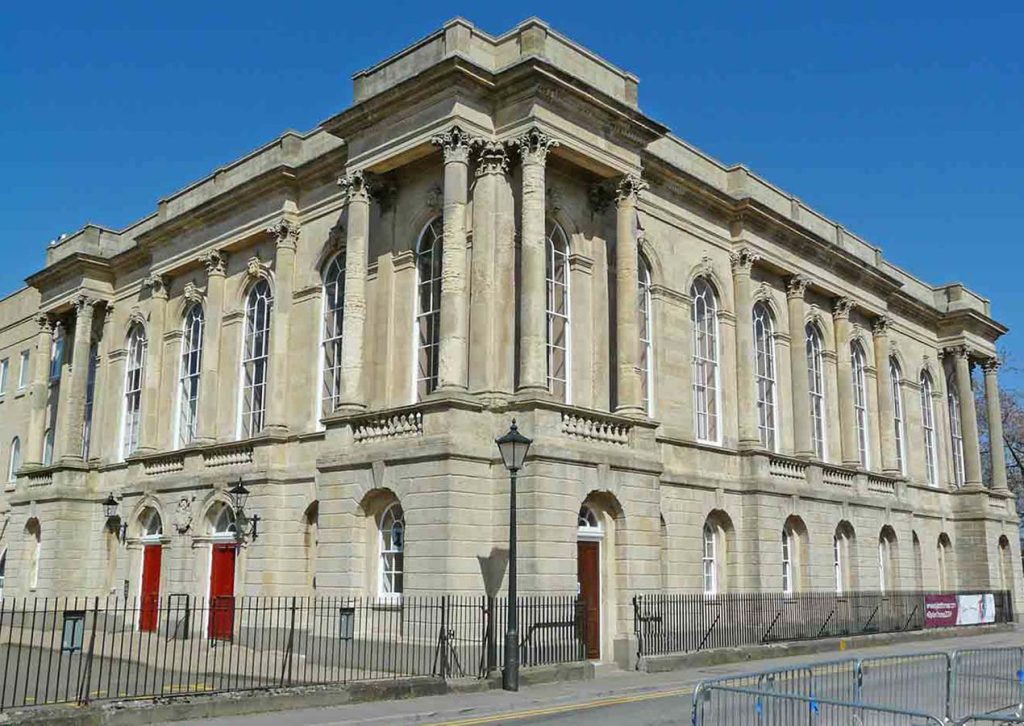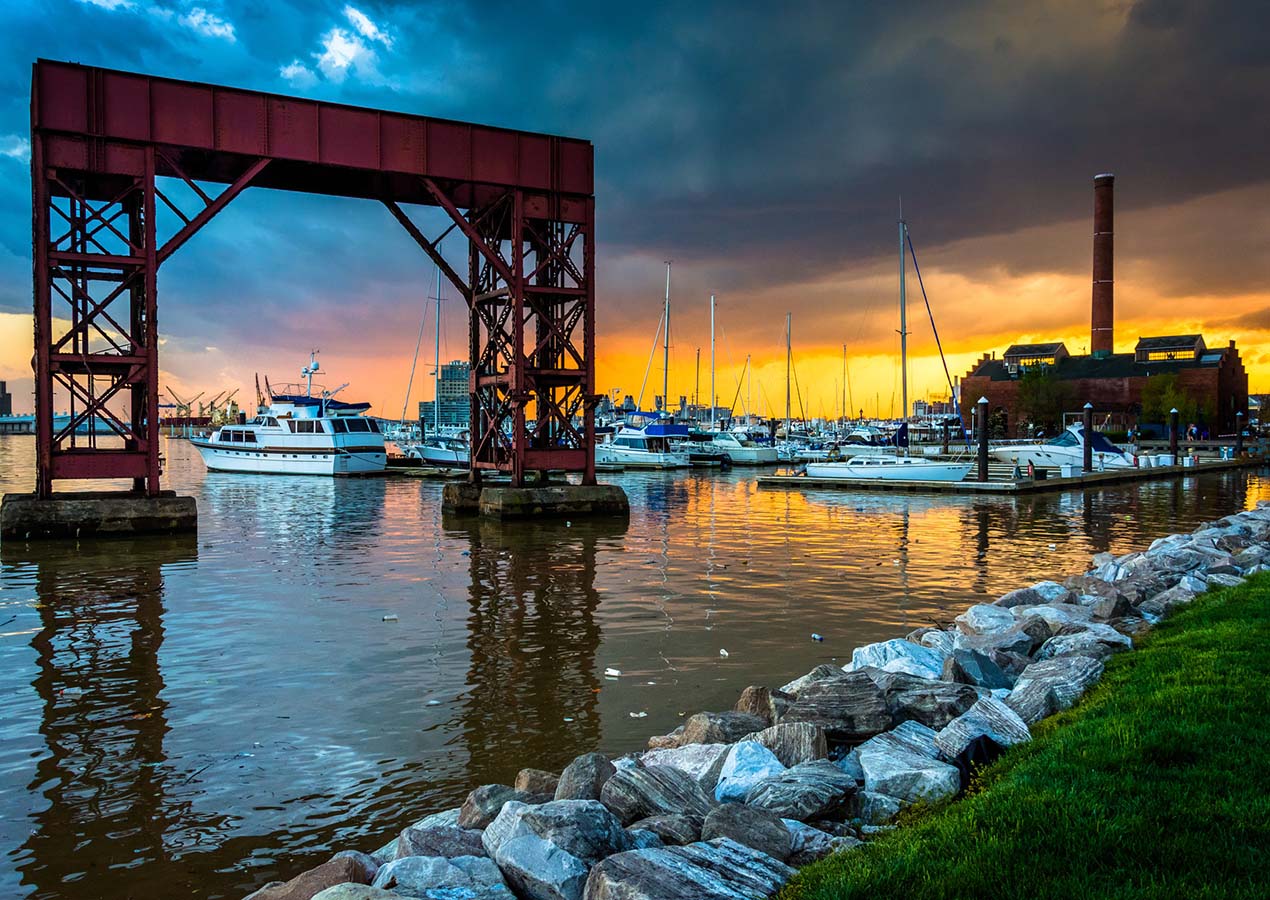As the crisp winter air settles over Swansea, I find myself drawn to the city’s rich tapestry of history, eager to uncover the secrets and stories that lie hidden within its ancient walls and historic landmarks. Winter is a magical time in Swansea, when the streets are adorned with twinkling lights and the city’s historical sites take on a special charm against the backdrop of frost-kissed landscapes.
With a sense of anticipation and excitement, I embark on a journey through time, eager to explore Swansea’s historical treasures and delve into the tales of generations past. From medieval castles to maritime museums, the city’s diverse array of historical landmarks offer a glimpse into its storied past and the people who have shaped its destiny.
Join me as we wander through the cobbled streets of Swansea, tracing the footsteps of kings and knights, merchants and miners. From the imposing battlements of Swansea Castle to the bustling waterfront of the National Waterfront Museum, each step we take brings us closer to the heart of Swansea’s history and the stories waiting to be uncovered.
As winter casts its enchanting spell over the city, I invite you to join me on this journey through Swansea’s history, where the past comes alive and the echoes of centuries gone by linger in the frosty air. Together, let us embark on an adventure through time, as we discover the rich heritage and timeless beauty of Swansea in the winter months.
Unveiling Swansea Castle: A Glimpse into the City’s Medieval Past
Our journey through Swansea’s history begins with a visit to Swansea Castle, a formidable structure that stands as a silent sentinel to the city’s medieval origins. Built in the early 12th century by Henry de Beaumont, the castle served as a vital stronghold for Norman lords seeking to assert control over the region. Over the centuries, Swansea Castle witnessed numerous sieges, battles, and political upheavals, leaving behind a legacy steeped in intrigue and drama.
As we approach the castle’s imposing walls, we’re greeted by the sight of its weathered stone battlements and sturdy towers, each bearing the scars of centuries of conflict and conquest. Stepping through the ancient gateway, we find ourselves transported back in time to an era of chivalry, feudal lords, and medieval warfare.

Inside the castle grounds, we’re greeted by the echoes of the past as we explore its labyrinthine corridors, dank dungeons, and crumbling ruins. From the Great Hall where feasts were held to the imposing keep that once housed the castle’s defenders, every stone tells a story of the lives and struggles of those who called Swansea Castle home.
Tracing Maritime History at the National Waterfront Museum
Our journey through Swansea’s history continues with a visit to the National Waterfront Museum, where we embark on a voyage through the city’s maritime past and its pivotal role in the Industrial Revolution. Housed within a striking modern building on the waterfront, the museum offers a captivating glimpse into Swansea’s transformation from a small fishing village to a bustling industrial port.
As we wander through the museum’s galleries, we’re greeted by a treasure trove of artifacts, exhibits, and interactive displays that bring Swansea’s maritime heritage to life. From the bustling docks where ships once unloaded their cargoes to the workshops where craftsmen forged the tools of industry, every corner of the museum offers a fascinating insight into Swansea’s industrial heyday.
One of the highlights of our visit is the chance to explore a full-scale replica of a 19th-century dockside village, complete with shops, houses, and workshops that recreate the sights, sounds, and smells of Swansea’s maritime past. Here, we can immerse ourselves in the daily lives of the city’s residents, from the bustling market stalls to the clatter of the shipyards, gaining a deeper appreciation for the ingenuity and enterprise that shaped Swansea’s destiny.
As we bid farewell to the National Waterfront Museum, we’re left with a newfound appreciation for Swansea’s maritime heritage and the indomitable spirit of its people. From the towering battlements of Swansea Castle to the bustling docks of its industrial heyday, Swansea’s history is a testament to the resilience, creativity, and tenacity of its residents, past and present.
Exploring the Gower Peninsula: A Natural and Historical Gem
Leaving behind the urban bustle of Swansea, we set our sights on the Gower Peninsula, a stunning stretch of coastline that beckons with its natural beauty and rich history. As we venture beyond the city limits, we find ourselves immersed in a landscape of rugged cliffs, golden beaches, and windswept moors, where each step reveals a new facet of Swansea’s ancient past and timeless allure.
Our first stop on this journey through the Gower Peninsula is Pennard Castle, a medieval fortress perched atop cliffs that overlook the sweeping expanse of Three Cliffs Bay. Dating back to the 12th century, Pennard Castle offers a glimpse into Swansea’s turbulent history, with its crumbling ruins and weathered stone walls bearing witness to centuries of conflict and conquest. As we explore the castle’s grounds, we’re transported back in time to an era of knights and nobles, where the echoes of the past linger in the salt-tinged air.
Continuing our exploration of the Gower Peninsula, we make our way to Arthur’s Stone, a prehistoric burial chamber nestled amidst the rolling hills of Cefn Bryn. Believed to date back over 5,000 years, Arthur’s Stone is shrouded in mystery and legend, with tales of ancient rituals and sacred ceremonies adding to its allure. As we stand before this ancient monument, we’re reminded of Swansea’s rich heritage and the enduring legacy of its earliest inhabitants.
But the Gower Peninsula isn’t just a haven for history buffs – it’s also a paradise for nature lovers and outdoor enthusiasts. From the windswept moors of Rhossili Down to the secluded coves of Pwll Du Bay, the peninsula offers a wealth of opportunities for hiking, birdwatching, and wildlife spotting. As we traverse its rugged terrain and explore its hidden corners, we’re treated to breathtaking vistas and encounters with rare flora and fauna, reminding us of the importance of preserving Swansea’s natural heritage for future generations to enjoy.
Reviving Industrial Heritage at the Swansea Museum
Returning to the city center, we conclude our journey through Swansea’s history with a visit to the Swansea Museum, a venerable institution that offers a fascinating glimpse into the city’s industrial past. Housed within a stately Victorian building overlooking the waterfront, the museum is a treasure trove of artifacts, exhibits, and interactive displays that bring Swansea’s industrial heritage to life.

As we wander through the museum’s galleries, we’re transported back to a time when Swansea was a thriving hub of industry and innovation. From the clang of the steel mills to the roar of the coal mines, every corner of the museum offers a vivid reminder of the city’s industrial heyday and the pivotal role it played in shaping the modern world.
One of the highlights of our visit is the chance to explore the museum’s collection of vintage machinery and industrial artifacts, which offer a tangible link to Swansea’s industrial past and the lives of the men and women who worked in its factories and foundries. From steam locomotives to coal wagons, each piece tells a story of ingenuity, perseverance, and the relentless march of progress.
As we bid farewell to the Swansea Museum, we’re left with a deeper appreciation for the city’s rich cultural heritage and the resilience of its people in the face of adversity. From the windswept cliffs of the Gower Peninsula to the bustling streets of its industrial heartland, Swansea’s history is a testament to the indomitable spirit of its residents, past and present.
Embracing Swansea’s Winter History
In concluding our winter exploration of Swansea’s historical landmarks, I am reminded of the profound connection between the past and the present, and the enduring legacy that shapes the city’s identity. From the imposing walls of Swansea Castle to the industrial relics preserved in museums, each historical site we visited offers a glimpse into Swansea’s storied past and the people who have shaped its history.
As we journeyed through time, we were transported from medieval battlements to bustling industrial landscapes, tracing the evolution of Swansea from a humble port town to a vibrant city with a rich cultural heritage. Along the way, we encountered tales of triumph and tragedy, innovation and ingenuity, all woven into the fabric of Swansea’s history.
But our exploration is far from over. Swansea’s winter history is a living tapestry, waiting to be uncovered and explored by future generations of travelers and history enthusiasts. As we bid farewell to the city and the echoes of its past, I am filled with a sense of gratitude for the opportunity to delve into its history and a deep appreciation for the stories that continue to shape Swansea’s identity.
So let us carry with us the lessons and memories of our winter journey through Swansea’s historical landmarks, and may they inspire us to continue exploring the rich tapestry of history that surrounds us, wherever our travels may take us.


